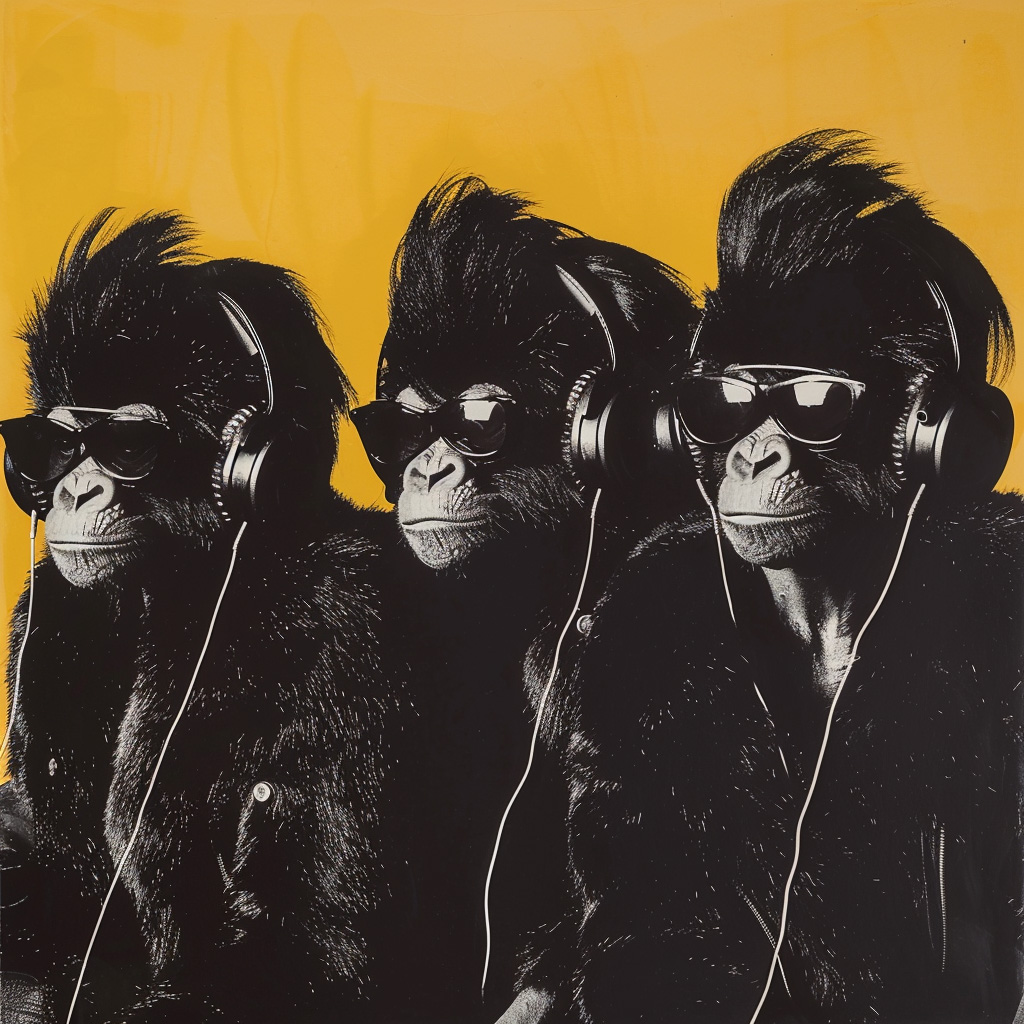Lucid dreaming is often framed as a kind of superpower. Realize you’re dreaming, and suddenly you’re flying, changing the weather, summoning whatever or whoever you want. It feels like magic. Until it doesn’t.
Because the longer you practice, the more you notice the parts of the dream you can’t control. The staircase that turns to fog. The voice that won’t answer. The image that flickers but refuses to form. These aren’t failures of consciousness. They’re invitations. A call to explore dream interpretation in a different way.
Lucid dreaming isn’t about mastering the dream. It’s about being inside it—awake enough to ask questions, but soft enough to receive whatever replies. The real “interpretation,” if we want to use that word at all, happens not the next morning, pen in hand, but in that liminal seam within the dream. When you realize you’re lucid and instead of taking over, you pause and ask: What are you showing me?
That shift changes everything.
I had a lucid dream once where I found myself walking through a hallway filled with empty picture frames. I became aware. I knew I was dreaming. My instinct was to fill the frames with memories or people I missed. But something in me resisted. I stood there, lucid, and asked: Why are they empty? And that’s when I noticed the sound behind the walls. Dripping water. A voice I couldn’t understand. I didn’t get answers. But I left changed.
Sometimes we don’t need meaning. We need to notice what’s still moving beneath the surface.
Listening Through Cycles: The Symbolic Thread
Dreams aren’t isolated events. They echo. They return.
Maybe you’ve noticed it too: a recurring figure with a different face. A house that shifts shape but keeps the same broken hallway. The ocean that reappears, stormy one night, calm the next. These aren’t just random repeats. They’re how the psyche weaves continuity—not in logic, but in symbol.
Lucid dream recall strengthens this connection. The more you remember, the more you begin to sense throughlines. That locked door you encountered a month ago? It might open in a future dream. The voice that refused to speak might whisper next time. These aren’t stories with plot arcs—they’re more like atmospheric shifts. Emotional evolutions. Internal weather.
This is where artificial intelligence, when used with care, becomes useful, not as a translator of dreams but as a companion in remembering.
Modern AI tools can now support this continuity by offering a space to track images over time, not define them, but stay with them. If you record a dream fragment about a crow in snow, and three weeks later write about a feather left in your bed, the AI doesn’t tell you what it means. But it might ask: Have you seen this before? That’s not interpretation. That’s presence. That’s an invitation to witness the life of your symbols.
Used symbolically, AI can act like a Hillman-inspired question keeper, reminding you of what’s returned, not what it’s “about.” It holds the image, so you can return to it with less urgency and more reverence.

What You Bring Back
Most dreams dissolve. You wake up, reach for coffee, and the whole thing slips. But sometimes, something stays.
A face in shadow. A red hallway. A word that made no sense but still echoes. These images are more than fragments. They’re memory markers that are not just cognitive, but emotional. Neuroscience tells us that REM sleep consolidates emotional memory (Tooltip: REM sleep – a sleep stage when most vivid dreaming occurs, and the brain processes emotions and memory). But you don’t need a lab to know what stays in your chest after waking. You feel it.
That’s why symbolic anchoring matters. One powerful way to work with a lucid dream is to choose a closing image—a single detail that holds the emotional resonance of the experience. You don’t need to know what it “means.” You just need to describe it fully. Texture. Light. Color. Sound. This act alone turns a fleeting moment into a living psychic artifact.
Some dreamers use art to render it. Others journal. Emerging technologies now allow for the generation of photorealistic dream visuals—not as final interpretations, but as invitations to return. These tools aren’t solutions. They’re mirrors. And when you use them to reflect the dream back to yourself, the image deepens. It moves with you.
Integration doesn’t mean analysis. It means relationship. And sometimes all you need is to keep the image near.
But to keep it, you have to know where to look. Often, it’s not the main event that carries the weight, but rather, what lingers. A flicker of color. A sound that repeats. The way a dream ends. These elements become psychic footholds. Not conclusions, but clues. What would happen if you chose to let those fragments be enough?
Carl Jung suggested that dreams reveal what the ego does not yet know. Hillman urged us to stay with the image rather than try to decode it. In lucid dreaming, we’re given the rare opportunity to engage the unknown rather than translate it. When we bring back even one sliver of that interaction—and hold it with attention rather than explanation—we keep the door open for more to come.
Interpretation Begins Inside the Dream
Here’s the radical turn: interpretation doesn’t begin the morning after. It begins while you’re still dreaming.
Lucidity gives you access not just to awareness, but to curiosity. It invites you to ask questions from within the symbolic system of the dream. The frame isn’t: “What does this mean?” It’s: “What else is here?”
If you’re lucid and find yourself in a flooded room, you could choose to escape, fly away, change the scene. But what happens if you wade in deeper? If you ask the room: what are you holding for me?
In my own practice, I’ve found the most revealing insights surface not from waking speculation, but from in-dream attunement. When I ask, the dream answers—not always in language, but in gesture, tone, atmosphere.
And this is where AI can offer gentle support, not in defining what symbols are, but in helping you engage them, drawing from a wide vocabulary of myth, emotion, and imagination. Used wisely, AI can act like a well-read friend who knows when to speak and when to just listen.
It’s not about decoding. It’s about becoming fluent in dreamtime attention.

Toward a New Kind of Dreamwork
We’re moving into a moment where tools and traditions can meet—where psychological depth and technological support aren’t opposites, but collaborators.
Artificial intelligence can help dreamers notice the cycles. Anchor the images. Ask the better questions. But the real work still happens inside you. In the pause before waking. In the decision to stay with the symbol that won’t let go.
If anything, AI’s greatest gift might be helping us slow down.
Dreams aren’t puzzles to solve. They’re relationships to tend. And the more we engage with them—with presence, not pressure—the more they begin to speak back. In fragments. In symbols. In strange, unforgettable scenes.
The future of dreamwork isn’t found in better interpretations. It’s in better attention. And lucid dreaming gives us a front row seat to the psyche as it speaks.
All we have to do… is stop trying to win. And start learning to listen.















